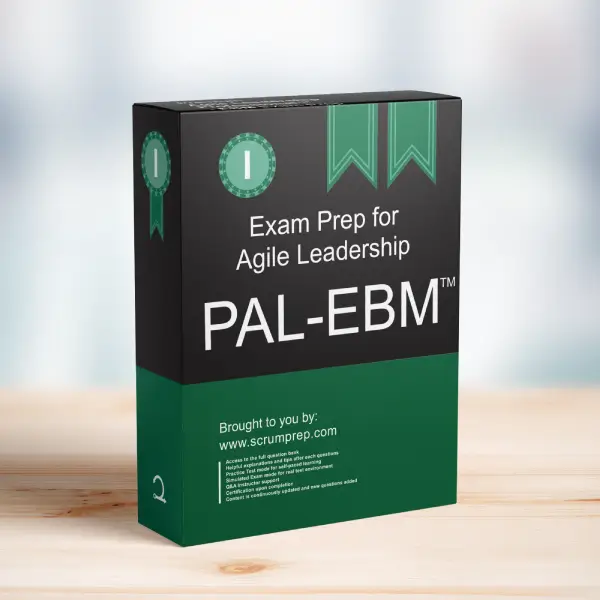Understanding Velocity in Agile Teams
Velocity is a common metric used in Agile practices to measure the amount of work a team completes during a Sprint. This article explores whether velocity is useful for comparing the performance of multiple teams.
Exam Question
True or False: Velocity is a useful measure to compare the performance of two or more teams.
A. True
B. False
Correct Answer
B. False
Explanation
Correct Answer
B. False:
Velocity measures the amount of work a single team completes in a Sprint based on their estimation techniques and work practices. Comparing the velocity of different teams can be misleading because each team has its own context, estimation methods, and work dynamics. Teams may use different scales for Story Points or other measures, making direct comparisons inaccurate and unhelpful.
Why Velocity is Not a Comparison Metric
Different Estimation Methods: Teams may use different scales and techniques for estimating work, making their velocities inherently incomparable.
Team Dynamics: Each team has unique dynamics, skill sets, and workflows, affecting their productivity and velocity.
Contextual Factors: Factors such as the complexity of work, team experience, and external dependencies vary between teams, influencing their velocity differently.
Effective Use of Velocity
Internal Tracking: Velocity is useful for a team to track its own progress over time, helping in Sprint planning and identifying trends.
Predictability: By monitoring its own velocity, a team can improve predictability in delivering work and planning future Sprints.
Continuous Improvement: Teams can use velocity to identify areas for improvement and optimize their processes.
Agile Leadership Insights
- Focus on Value Delivery: Instead of comparing velocities, focus on the value each team delivers to the customer.
- Contextual Understanding: Understand the context and practices of each team rather than relying on a single metric for performance comparison.
- Encourage Improvement: Use velocity as a tool for teams to improve their own processes and delivery rates.
Relevance to the PAL I Exam
Understanding the appropriate use of velocity and its limitations in comparing team performance is essential for the PAL I exam. This knowledge demonstrates an ability to lead Agile teams effectively by focusing on meaningful metrics and fostering continuous improvement.
Key Takeaways
- Velocity should not be used to compare the performance of different teams due to varying estimation methods and team dynamics.
- Velocity is valuable for tracking a single team’s progress and planning future work.
- Focus on value delivery and continuous improvement rather than comparing velocities.
Conclusion
Velocity is not a useful measure for comparing the performance of multiple teams due to differences in estimation methods, team dynamics, and contextual factors. It is more effective for internal tracking and improvement within a single team. For more information on preparing for the PAL I exam, visit our Professional Agile Leadership PAL I™ Exam Prep.





